After working as a colorist for a while now, after obsessively watching other colorists, and after binge-watching all the color grading courses I can put my hands into, I discovered hidden gems that will make or break you as a colorist.
Color grading can be a very profitable and rewarding job but it takes a lot to become the right person for the job. Why? Let’s just make it simple. Watch any movie and skip until you go to the credits. These are all the people that the producers paid, fed, trained, and built relationships with throughout the shoot.
If you’re a producer and your film is almost done. The last step is color grading. Would you take a random person to do the job?
I bet you said no. You already invested a lot into these people and it won’t hurt to invest in the final and one of the most crucial steps. Poor color grading will greatly affect a film.
That is why it’s very important to be the right person for the job.
So what are these qualities that make a great colorist? These are tips from real-world experience and I bet you’re going to benefit greatly if you’re going to learn these by heart.
Don’t be a Lazy Colorist
It may be tempting to just adjust the primaries and some secondary adjustments when you’re in a given situation. For example, if they gave you a limited time or they underpaid you, you may feel like it’s okay to just run it over and submit but it’s actually doing you more harm than good.
If you’re given a limited time, you should still give your 100% effort. The reason why we need these color-grading panels is primarily for speed, accuracy, and comfort.
It’s best to invest in these color-grading panels. The cheapest one I can recommend is the Tangent Wave 2 Panel. Don’t go lower than that because the cheaper ones only have the color wheel balls without the knobs.
You’ll love these knobs and wheel balls when color grading because they can give you really accurate adjustments and with practice, you’ll be able to grade almost 10x faster than just using your mouse and keyboard.
For the other reason that you may be underpaid, it may be because you’re just starting out or maybe you’re just too nice to give a discount. Whatever the reason is. Never create mediocre work just because you’re underpaid.
In my case, I color grade for feature films and short films. These are all going to be in IMBD once they are released. If the color grading is remarkable, your E-mails will be flooded with clients. If it’s mediocre, you can be on their blacklist to avoid hiring you accidentally.
I learned a lot from one of my favorite courses, Waqas Qazi’s Freelance Masterclass, but the best lesson I learned from him is that I should be willing to work for free in the first few gigs. That was gold! He makes more than $200,000 in a year so I’m in no position to disagree.
I didn’t work for free but I worked for as cheap as $300 for a 40-minute film. But, that was okay. I’m able to charge higher after every gig until I charge the price I’m happy with.
[embedded content][embedded content]
Maximize your rest time by watching films
Most of the time, I get inspiration from watching films. The good news is that these amazing films can be viewed at home already – Netflix, Amazon Prime, Disney Plus, you name it.
Gone are the days when you have to go to the theatre to watch good films or wait for your cable TV to show one.
These films are accessible with just remote clicks. You can even watch them on your computer or phone.
My rest time before was playing some computer games but I realized that I can have as much fun when I’m watching movies. Since my work is in the film industry, my relaxation is still very productive.
I can also browse Instagram and Pinterest for inspiration. It may not be film stills or clips. It may be really nice photos, paintings, etc.
These are great ways to get new ideas that you can add to your color-grading work.
When you’re inspired by a certain film that you’ve watched, the best action after is to try to recreate that film’s look. I recommend trying it out on clips from at least 10-bit cameras because 8-bit DSLRs don’t have that much information to play with.
If you have high-end cinema cameras, that would be ideal but most of the time, you don’t have the luxury of shooting the same scene from the films you’ve watched. The lighting may be different, the subject, the background, etc.
That’s where Artgrid comes in. You’ll have access to RAW and Log footage from different filmmakers just by subscribing to it. And, the price is so worth it. Most of the websites that sell their footage will quote you hundreds of dollars for one clip but Artgrid revolutionized licensing stock footage.
And, what I love about Artgrid is that they have similar footage for most of the scenes I see in films. They are well-planned and directed. They are meant to be cinematic and not for ads. So, these aren’t the people in business suits faking laughs with each other. You’ll be surprised when you browse it. Have a look here: Artgrid.io

Train Your Eyes
I can’t imagine how an untrained eye can even color-correct an image. When I was starting out, a slight green overcast is so hard to detect. As long as it looked nice for my taste at that time, it was good to go.
Now that I have trained my eyes, I can’t stand it when I see a slight unintentional overcast in an image. There are times when the overcasts are creative decisions and it’ll be non-distractive for the viewers.
You can’t always rely on the scope when judging an image. There are times when you can’t tell if an image is balanced or not through the scope.
I’ll share the drill I made for myself when I was starting out. This will work if you have a color panel with color wheel balls.
Grab an image that has good color separation from websites that allows you to grab high-quality stills like Shotdeck.com.
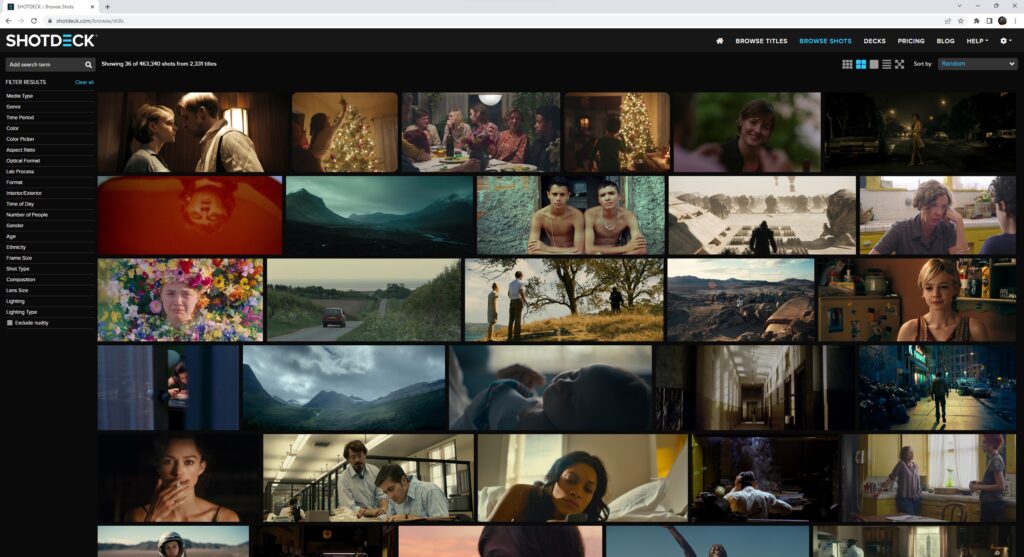
I suggest picking something like this still from Insurgent:
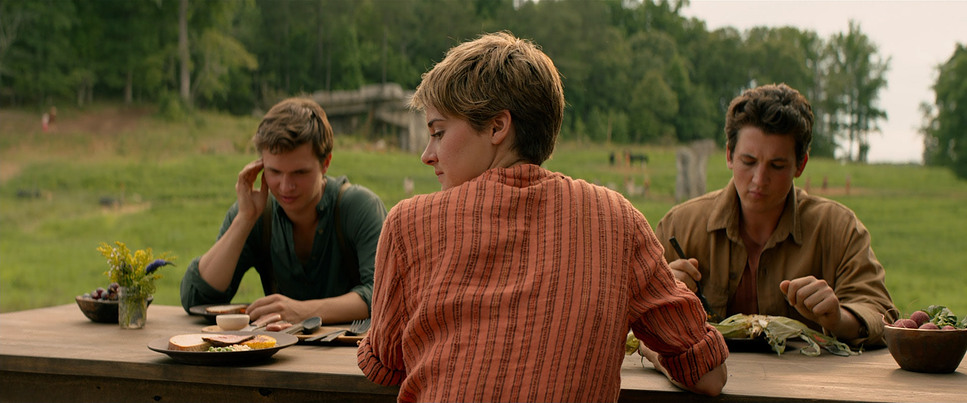
Upload that still as an image in the media library so that you can edit it in the color tab.
First, keep a mental picture of the image. Then close your eyes.
In the color tab, move your Gamma and Gain around randomly while your eyes are closed. When you open your eyes, you’ll see a really bad-looking grade. Using your color wheel balls for Gamma and Gain, adjust them to exactly match the original image that is, right now, only in your mind.
It would be impossible to get it on your first try. Maybe after 100 tries, it’s still hard. It’s okay. Repeat until you get it or it’s close. You’ll realize how one ball move creates a huge effect on the image you’re grading.
When you finally achieve it, get a new image and do the same process. This will make you very precise in your adjustments.
A Small Distraction is a Big Distraction
In color grading, you can’t allow small objects to be a distraction. You’ll have to take time to mask that small red vase and tone it down so that it’ll blend perfectly in the image.
Take a look at this clip that I’ve recently graded. It may seem like it was a walk in the park grading this one but I actually needed to mask, qualify and track different things that are distracting the focus away from my subject, which is the girl in the middle.

One of them is the cloth’s saturated blues and reds. If I didn’t mask it out, it’ll look like it doesn’t belong in the frame. It’ll feel edited and we don’t want that. It may take more work but it’s our job as colorists.
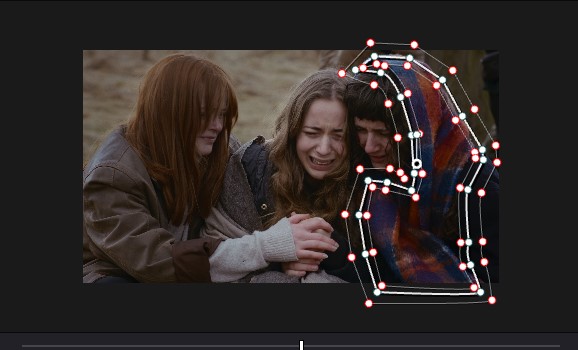
Another one is the saturated hair of our girl here on the left.
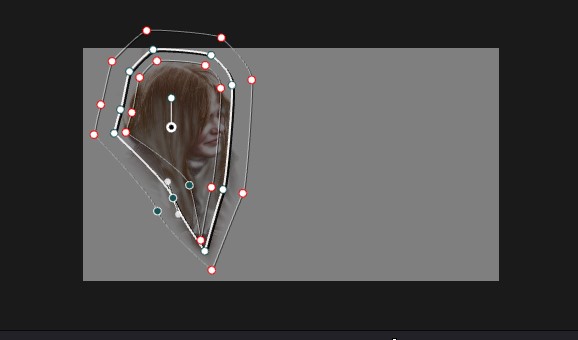
I have experience directing music videos and I think almost all directors are underpaid because of how tiring this job is. I’d rather mask multiple objects and be asked to revise 100 times than direct
A big part of this is developing good taste. You can master all the technical stuff in your editing software and you can know all the secrets of color grading, but an average colorist with good taste will always be more valuable in the marketplace.
Time Your Breaks
Color grading is one of the jobs where having breaks is a requirement. After grading for a long period of time, you’re going to have these color biases. Even professional colorists can’t escape them.
Check out these 2 examples below:

Does the gray in the light blue square seem darker? It’s actually exact same shade of gray. With different background colors, we perceive them differently. I used this example because I found that it’s harder to tell whether the grade is exact or not when our eyes are tired.
Professional Colorist, Eric Whipp, suggests going out for a walk to reset your eyes. I learned that from his course, by the way.
Try to avoid closing your eyes to rest. In your color grading suite, most probably it’s already very dark. See some natural colors outside. If you don’t want to go outside, maybe look outside the window or just look around the bright parts of your building.
If you’re a freelance colorist at home, you can go play with your kids for a while maybe. Grab some cereal. That’s the beauty of freelancing. My break time is already my family time.
Improve Communication Skills

You don’t have to close like a salesman. You don’t have to talk like TED. However, you need to make sure that the communication between you and the director or cinematographer is clear.
The first reason is that the director will assume that you understood his instructions once the conversation is done. If the information wasn’t clear, you’re going to create something that he might not want and it’ll make you look incompetent.
If the director loses his confidence in you, you’re very much replaceable. He won’t mind if he already paid a downpayment or if he signed a contract. He will find another one that he is sure won’t destroy his precious film.
The second reason is TIME. Imagine how much time you’re going to save if you connect your ideas with the director perfectly before hitting starting to grade.
When you ask a director how he wants the film to look. Most directors won’t communicate their ideas very clearly. They will tell you something like, “I want the reds to be dominant and I want it to suggest a sad mood.”
They don’t communicate like us, colorists. If a colorist to colorist will talk, we’ll be like “I’d like a stylized but desaturated two-toned look. We’re going to saturate the reds and pair them with subtle green undertones.”
Most directors aren’t colorists. That’s why they hired you. It’s now your job to translate their language to yours. And, to make them clearer I’ll give some tips.
- Ask them to state a movie that is somewhat close to what they’re aiming for
- From the movie, grab some stills. Discuss with them what you see in the stills.
- Then, ask them what about these certain stills they like and take note.
- Choose some hero frames from the film to be graded and create at least 5 different looks that satisfy all the criteria
- From there, scan the whole film and check if there might be any scenes that you might have any concerns about when grading.
- When all of the concerns are addressed and agreed on, begin grading.
This doesn’t have to be the process every time. After a project, you’re going to be familiar with the director’s taste and it’ll be easier for the next films.
Be a Good Team Player
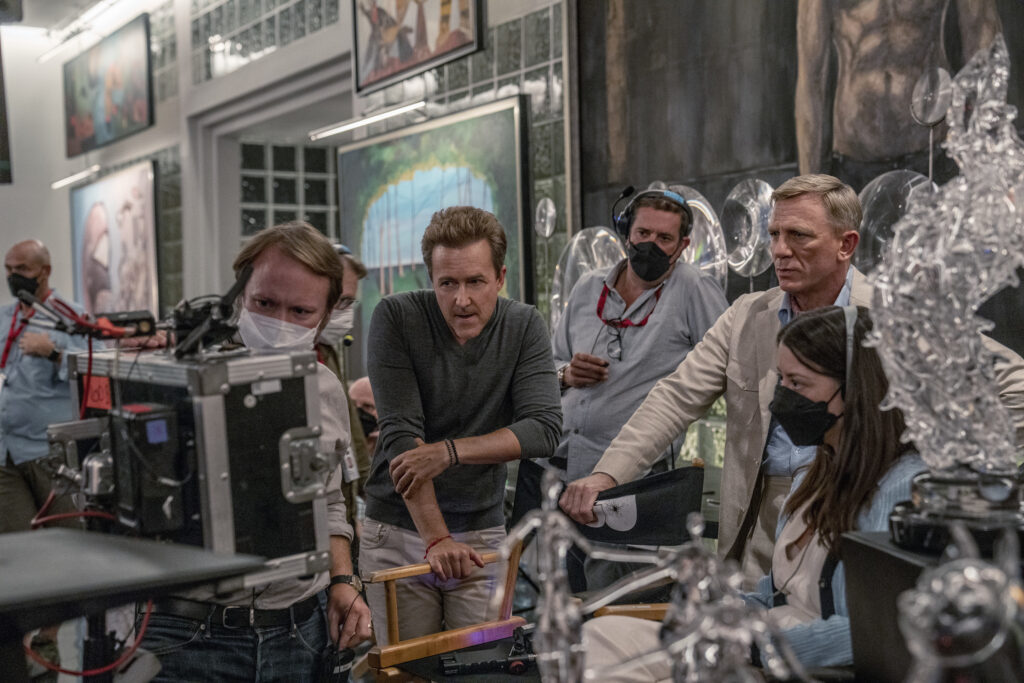
It doesn’t mean that you become a “YES man”. You are hired because they liked your work and they would want your professional input for the team.
They may already have a look in mind but you can always make it better. For example, I was working with a director who wanted to replicate a certain famous look, the Joker.
I did my best to replicate it at first but I created different versions for him to choose from. I didn’t even need to convince him to choose a look that doesn’t replicate a famous look completely. He already felt that the other variation will be best for his film.
Part of being a good team player is being nice to your clients. Make sure that you make them feel comfortable working with you so that they won’t be shy to ask for revisions. I often tell them that I’d be happy to revise anything.
After all, if he’s not happy with your grade, other directors that will watch that film might not want it too. This also benefits you when they ask for revisions. I haven’t met a client that will abuse you by asking for unnecessary revisions.
Even though it’s written on my website that we offer unlimited revisions, there hasn’t been a single client that asked for a revision just because they feel like it. Be nice and always be ready to help for no additional costs.
Treat every film you grade like your own.
Conclusion
Becoming a successful Film Colorist needs more than just technical and creative skills. It also needs interpersonal skills. You don’t have to be the best relationship builder but it’ll also help your career. Directors, Cinematographers, and Producers will be loyal to you, not because of your skills, but because they feel that you’re the person that gets the job done and is easy to work with.
I’m having a blast with this career choice and I hope many will do so. This is a career that you can do until old age and it’s a great idea to start learning it as early as now.
